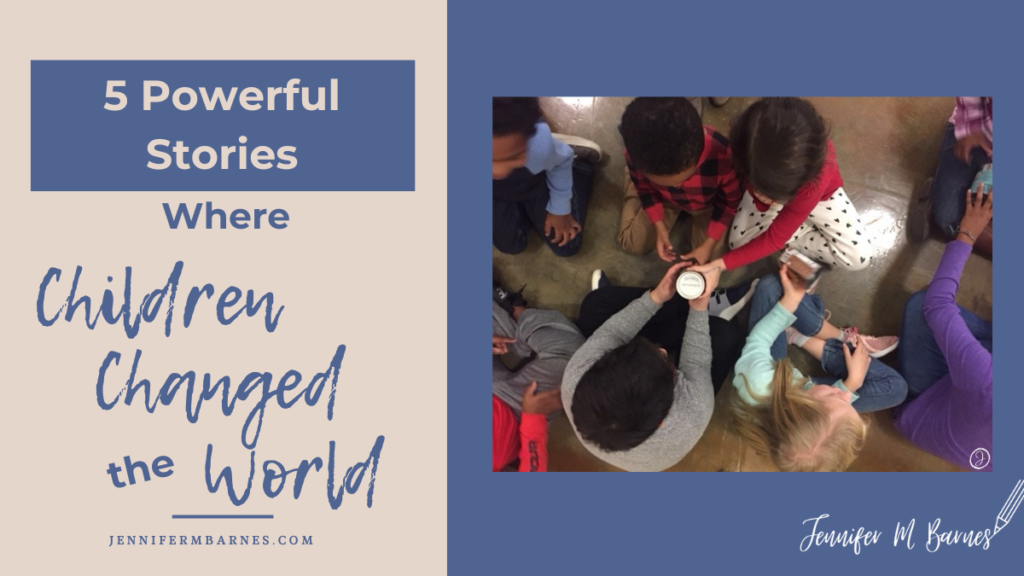Service Learning Projects... at School?
Don’t you just love a good story about children changing the world? What more impactful time than the days following 9/11? You probably have a dramatic 9/11 story of your own. So many beautiful stories surfaced in all the pain and shock. First I’d like to start this series with a 9/11 story from a bunch of six-year-olds.
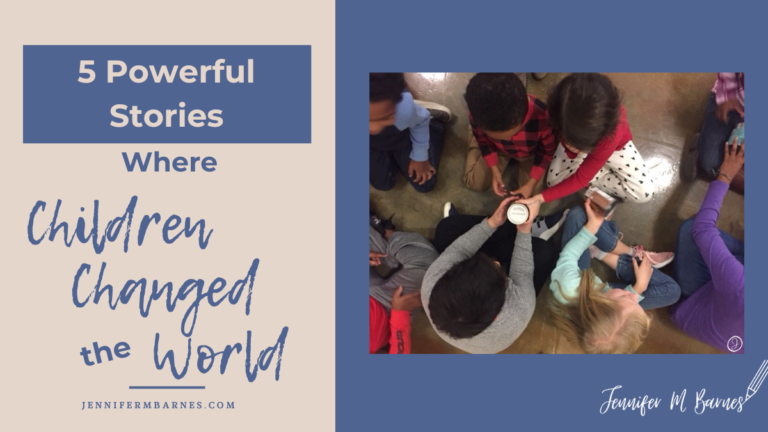
#1 - 9/11 and the Lemonade Stand
My first graders were in the midst of reading how schoolchildren donated pennies to help refurbish the Statue of Liberty. Initially in the early 1880’s, children helped raise funds for the base of the statue. (Even an Iowa kindergarten class sent $1.35.) Ninety-seven years later in August 1983, schoolchildren once again came to the rescue with coins to spruce Lady Liberty up for her 100th birthday celebration.
We had just finished perusing an article and talking about how even little kids helped with the Statue of Liberty. And then the Towers fell.
Although they were six and seven, my students realized that something inconceivable had happened in our country. They recognized significant towers had fallen.
Somewhere along the way, a child imagined that a collection of our pennies might help. Within days, conversations led to a Lemonade Stand being the perfect way to collect those pennies.
We had personal connections with a school right there in New York City. Those children had been evacuated and seen the worst sights imaginable. Our little ones wanted to give their pennies and nickels to buy new books, crayons, whatever these children needed most.
With an upcoming school-wide event, we received permission to host our lemonade stand at the arena outside our portables before and after classroom meetings. We planned to bring homemade goodies and pour some lemonade.
Thankfully, I had an amazing Master of Education intern from the University of South Carolina that semester. The next day, her father showed up with hammers, nails, and lumber. He spent the morning coaching, modeling, and assisting as kids hammered our Lemonade Stand together.
We designed flyers for classrooms and a notice for our school newsletter. Fat coffee cans were donated. Bright markers proclaimed, “Donations Only—No Set Price.” Slathered with tape, the signs were stuck to these donation buckets. (Although some thoughtful kids could not conceive of how a free lemonade stand would actually help anyone in New York, they went along… Others figured it was probably a good idea since some of us weren’t so great at counting!)
The Evening of the Lemonade Stand
Children showed up. Early.
- Beaming smiles.
- Arms loaded with treats in plastic baggies.
- Daddies toting lemonade jugs and Mommies, packs of cups.
Everyone oohed and ahhed over the magnificent, wooden lemonade stand. The children couldn’t wait to take their stations behind it.
Their squeals and laughs enveloped their parents. Friends across the grades wandered over to our stand.
- When the first $20 bill hit the can, first graders’ eyes bulged. “That’s for ONE brownie?” a six-year-old whispered.
- Ears rang as handfuls of coins clattered in.
- Parents and teachers’ eyes brimmed with tears, as they did in many places those first hard days.
Scared, yet recognizing this blessed moment of children leading the way.
After the Sale
We sold every single treat that night. Some people just dropped money in—clank. Kids cheered and clinked cups of the last of the lemonade. Their parents helped pack up the trash and hauled the lemonade stand to the back of our portable. (Some amazing family gave too much money for it at our end-of-the-year auction and dragged it to their home to continue the precious memories.)
The Next Morning
Parents wandered in with their children, not quite ready for the feeling to be over. Everyone raved about what an incredible evening it had been—and how proud of the children we were.
At our morning circle, we passed Old Bear. Each child shared their favorite moment of the night: the delicious brownies, the piles of change pinging the bucket, toasting their success with paper cups.
Then, we emptied those coffee cans on the carpet in the middle of our Friendship Circle. Children gasped and squealed. They had never seen that much money before.
We counted the bills and asked a child to write that total on the board. Children stayed busy in Math Workshops for the next few days, sorting pennies, nickels, dimes, and quarters. They counted and recounted. Hundreds of dollars later, those children became the best money counters ever!
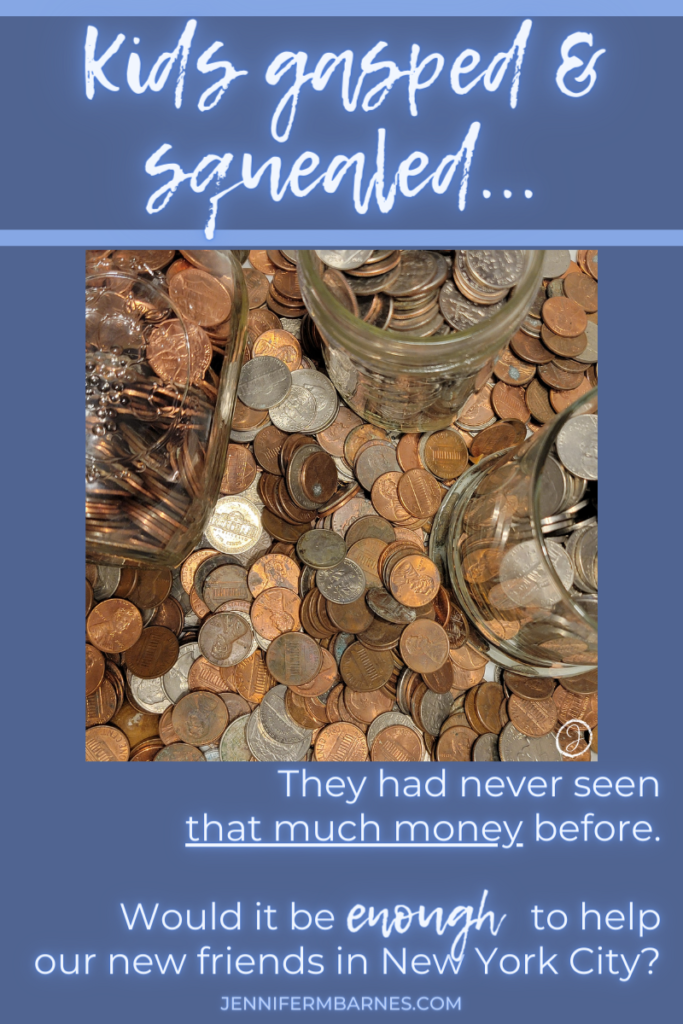
During Writing Workshop, the children wrote letters to our new friends in New York City.
- “We’re so sorry your school is gone.”
- “You can come here to school.”
- “The news made me sad. I hope you’re okay.”
Years later, as I sat in a workshop led by Dr. Shelley Harwayne, I was floored to see Erika’s letter flash across the presenter’s screen. Shelley had been a teacher, principal, but was then superintendent of District #2 in New York. Erika’s note had been one of thousands of letters, selected to be published in a book, Messages to Ground Zero: Children Respond to September 11, 2001. It truly was the worst of times—and the best.
#2 - Passing of the Cans
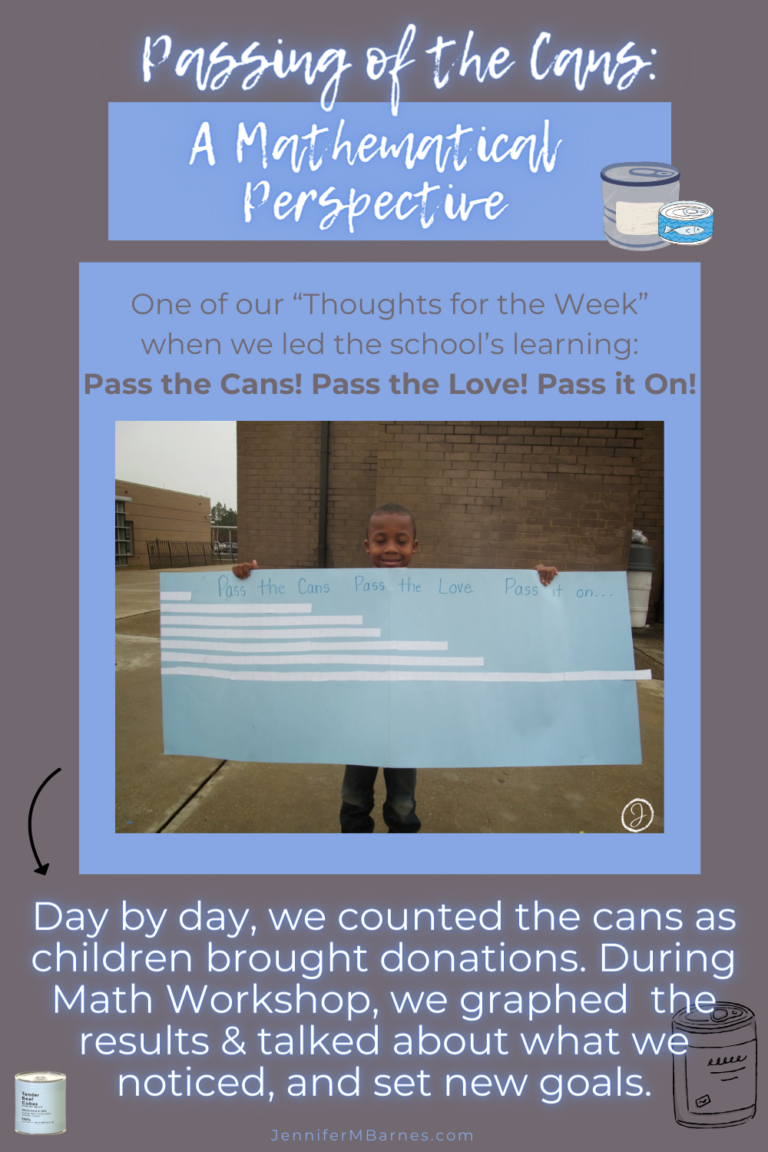
Speaking of ‘best,’ this event is the best version of a food drive I’ve ever heard of. And it became an annual tradition—one we’d do for the next 20+ years! We called it Passing of the Cans. Basically, after several weeks of collecting, all the food in the school was brought out to our arena (and years later, inside our new building’s grand-sized Gathering Area.) Every item would be passed from kid to kid from the stage, down the sidewalks, past the classroom portables, and ending up at the front gate. We all passed the cans—children, parents, and teachers.
It was our personal approach to a food drive. Not only did kids donate canned goods from their homes, but the collections became an opportunity for learning. Just a few examples of our learning engagements were:
- Reading, sorting, and counting the cans and boxes.
- Setting goals, graphing the number of items, and determining how many more items are needed to reach the goal.
- Figuring the number of servings in different containers and comparing them with other packages.
It became an opportunity to understand our communities more, to know where we were taking the items, and to bring joy to those who would receive them.
So, we passed the cans. We sang our favorite songs. Our parents and community members came to help. Pictures were made. And everyone celebrated that we were making a difference.
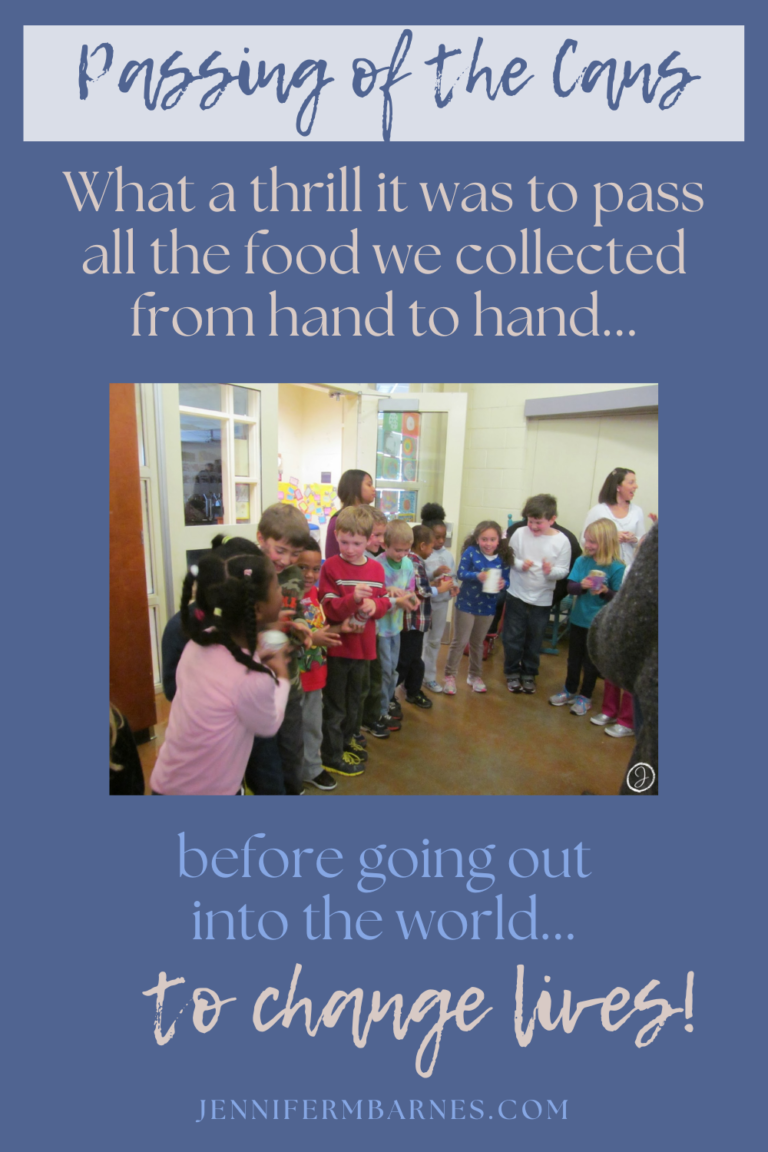
The Passing of the Cans, Delivery, & Impact
My favorite “Passing of the Cans” was the year we decided to hang on to the cans—and not send them off with volunteers. Early the next week, our kindergartners and first graders escorted the cans and boxes to God’s Storehouse on district buses. We hauled the boxes off the buses, dragged them onto the back docks, and hoisted them up onto the shelves.
Amazed at the size of the place, we explored where our cereal boxes, green beans, and peanut butter ended up. We even sang to clients in the front waiting room, excited to take our offerings to their homes.
These two projects happened during the first few years after I joined the faculty of the Center for Inquiry in Columbia, South Carolina. Several incredible service learning projects began under the leadership of my colleagues there before my arrival.
#3 - Adopting Zoo Animals
· Children researched favorite animals and their presence at the local zoo, Riverbanks Zoo. They wrote the zookeeper to ask questions and share their personal knowledge.
· They did chores to gather money to assist in the animal care.
· They headed to Riverbanks Zoo to hand over a decorated envelope of cash to help with the animals’ care. What a gratifying day as they shared time with the zookeeper while watching their animal!
#4 - Donation of Blankets and Winter Gear
When the weather started turning cooler, children knew they had outgrown some coats, hats, and mittens. But, they realized not everyone had access to warm clothing. They also had plenty of blankets for everyone to stay warm in their home. So, they decided to
- Donate coats, hats, and mittens (of all sizes) for those less fortunate.
- Gather blankets to donate to the Oliver Gospel Mission.
#5 - Compilation of Class’ Original Learning Songs
Another unforgettable teacher, gifted in music, often played his guitar at school. Children delighted in singing songs in his classroom and at our outdoor arena. Incredibly, he encouraged children to help design lyrics to concepts they were studying and he created the music to match their words. The songs always supported the children’s current learning. Adults and students alike knew they were in for a treat when he brought his guitar out at our weekly Learning Celebrations. He also had a heart for helping others. So, they:
- Created meaningful lyrics to songs.
- Practiced much before recording the music on CD’s.
- Offered the CD’s as mementoes of the learning in their classroom.
- Then, they contributed the donations raised to orphanages and organizations that helped disabled children.
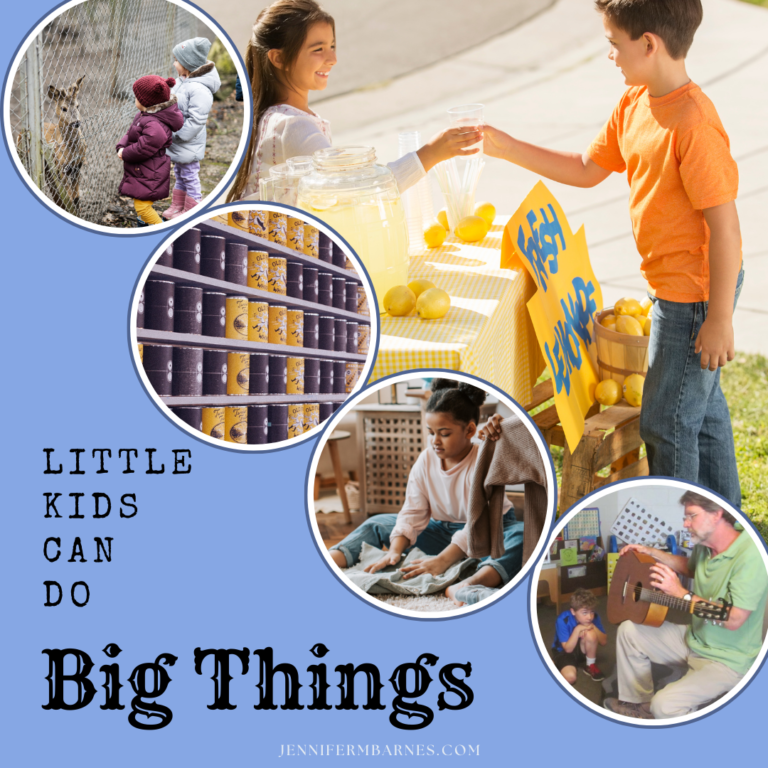
Full Circle
Just imagine a school where such giving is a normal, everyday value. Children continually saw powerful ways their thoughtful gestures impacted others in their community—and it was contagious! I was mesmerized myself.
Whether it’s learning about animals or music, donating blankets or food, hopefully you’ve discovered a different way of looking at service learning projects. What a delight it was to spend incredible teaching opportunities with young children while still learning in powerful ways! Hopefully you’ve gotten a glimpse of the power of these engagements. Be on the lookout for more unforgettable learning opportunities to come.
*Disclaimer: To the best of my memory, these stories happened just as I wrote. I’m recalling them through my journals, notes, and photos – but, through my 25-year-old perspective. If there are any errors, the fault is mine. My sincerest apologies.
**Please share some service learning projects that impacted your children’s lives. Who knows what new excursions your memories might inspire for children of this generation!

